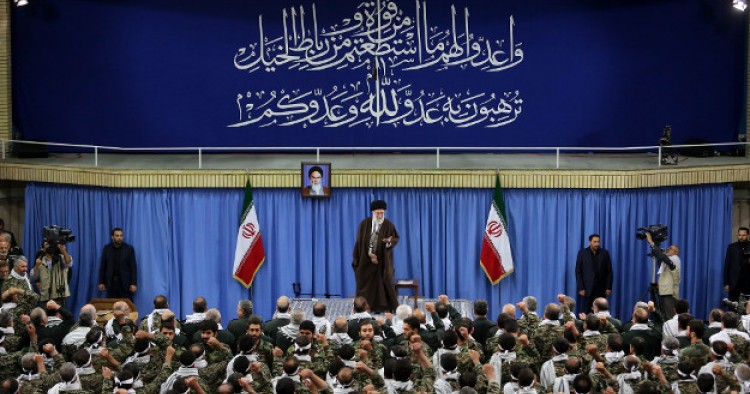Read the full article on Foreign Affairs.
The three centers of power in Iran—the Supreme Leader, the president, and the Islamic Revolution Guards Corps (IRGC)—are embroiled in a historic contest to shape the course of Iranian foreign policy. This clash, long seen as inevitable, was finally sparked by Iranian President Hassan Rouhani’s landmark nuclear deal with the P5+1 negotiating partners in July. Iran’s Supreme Leader Ayatollah Ali Khamenei fears that the deal was just the first step in the Rouhani’s government’s grand designs for deeper economic integration with the world, which could irrevocably alter the balance of power in Tehran. In turn, Khamenei has given the IRGC’s hardline generals the green light to fight back.
Ironically enough, it was Khamenei himself who set Rouhani on the course to power. Through his control of Iran’s voting process, Khamenei first sanctioned Rouhani’s candidacy and then his victory in the 2013 presidential elections. He then proceeded to back the president’s nuclear negotiating team until a deal was reached in July 2015. Khamenei badly needed some sort of agreement to escape intense international sanctions that peaked in 2012, which threatened to unravel the nation’s economic framework.
Throughout the negotiations, Rouhani and his inner circle argued for a principled détente with the West. That made Khamenei distinctly uncomfortable. Iran’s Supreme Leader was never interested in an open-ended détente, and certainly not with the United States. Anti-Americanism is, after all, Khamenei’s main claim to domestic legitimacy. Better relations with Washington would thus be a net political loss for him.
The Middle East Institute (MEI) is an independent, non-partisan, non-for-profit, educational organization. It does not engage in advocacy and its scholars’ opinions are their own. MEI welcomes financial donations, but retains sole editorial control over its work and its publications reflect only the authors’ views. For a listing of MEI donors, please click here.












